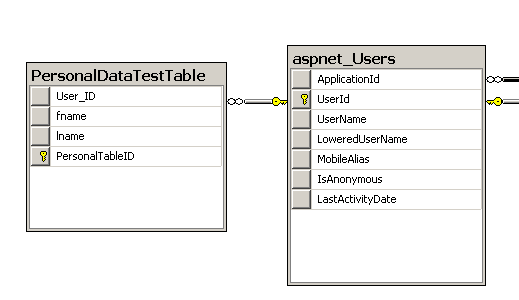Showing logged on user only their data - tutorial description
Take the tutorial
Back to the tutorials list
 Introduction
Introduction
In many situations a website is set up to accept memberships, and members can
then have their own Username and password, giving them access to their own
private data on the website.
An example of this is
Ownertrades.com
, a site created and run by Homepage Doctor that allows users to list their
Marriott timeshares for exchange, sale, or rental. Each member necessarily has
to have access to pages where their own data is available to them so that they
can add to it, modify it, or delete it.
This is generally accomplished by creating a single "Manage my data" page that,
when a user goes there, he is presented with only his own data. So the site
could have thousands of members, but a single website page is all that is needed
for each of those members to work with their own private data.
This tutorial does not take you through the process of setting up a membership
website in the first place. If that is what you need, then make use of the
material in the last of the free tutorials on this website titled "What you need
to create a membership website".
 Prerequisite for this tutorial
Prerequisite for this tutorial
This tutorial assumes you have already created a membership website, complete
with ability for users to logon. In having done so, the App_Data folder of your
website contains a membership database titled "ASPNETDB.MDF" that contains all
the tables your website needs for managing memberships, passwords, logins etc.
We also assume you have created a database diagram for that database (If you
have not, the first members-only tutorial titled "Setting up and using a
multi-table database" shows you how to do that).
Having done so, the proper way to tie a user's data to their UserID in the
membership database is via a one-to-many relationship between the UserID of the
aspnet_Users table and the personal data of the user which would be contained in
one or more tables which you have added to the membership database.
The diagam below shows how a single table containing just first and last names
of a user would be tied to the aspnet_Users table (many other tables that are
part of the diagram are not shown below).

A webpage having a gridview drawing data from the PersonalDataTestTable above
would normally bring up the first and last names of all the users.

| In this tutorial, you will learn how
automatically bring up only the data belonging to the logged-on user. |
Take the tutorial